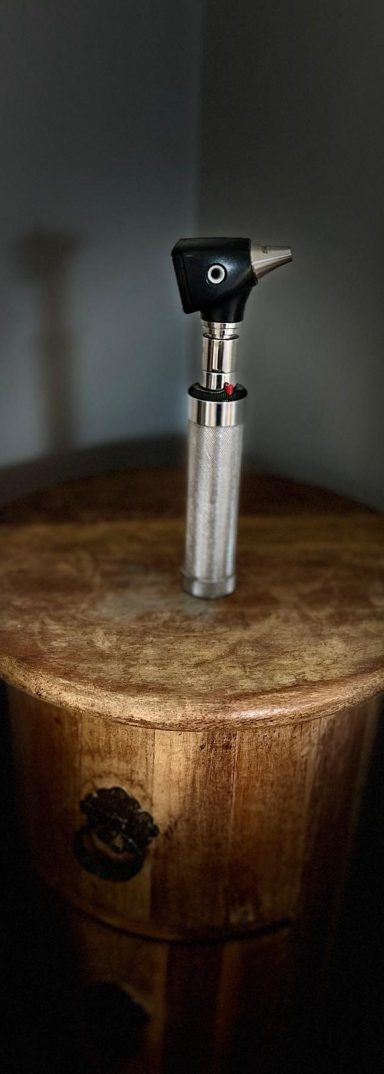Understanding Balance: How We Stay Steady
Chris Bowes

Understanding Balance: How We Stay Steady
Chris Bowes
Maintaining balance is a complex process that involves coordination between three key systems in the body:
The Vestibular System (Inner Ear): This system detects motion and spatial orientation, sending signals to the brain to help keep us upright and steady.
Vision: Our eyes provide crucial visual cues about our surroundings, helping us determine where we are in relation to objects and the ground.
Proprioception (Body Awareness): Sensors in our muscles and joints provide feedback to the brain about body position, allowing smooth movement and balance control.
When these systems work together, we can walk, stand, and move without dizziness or unsteadiness. However, if any of these systems become disrupted, balance problems can arise.
Common Balance Disorders
Vestibular Disorders: Conditions such as Ménière’s disease, labyrinthitis, or vestibular migraine can cause dizziness, nausea, and imbalance.
Benign Paroxysmal Positional Vertigo (BPPV): This occurs when tiny calcium crystals in the inner ear become dislodged, leading to brief episodes of intense dizziness with head movement.
Visual Vertigo: A condition where motion in the environment—such as scrolling on a screen, crowds or moving traffic—triggers dizziness due to difficulty processing visual information.
Over-Reliance on Vision: When the body compensates for vestibular dysfunction by depending too much on visual cues, everyday movements may feel disorienting or unstable.
Persistent Postural-Perceptual Dizziness (PPPD): A chronic condition that causes persistent dizziness, unsteadiness, and sensitivity to motion. PPPD often develops after an initial vestibular event, such as an inner ear infection or vertigo episode, and can be worsened by busy environments or visual stimuli.
How a Specialist Audiologist Can Help
An audiologist with expertise in vestibular assessment can diagnose and treat balance disorders effectively. Depending on your symptoms, treatment may include:
Vestibular Rehabilitation Therapy (VRT): Exercises designed to retrain the brain to better process balance signals.
Canalith Repositioning Maneuvers: Techniques such as the Epley maneuver to treat BPPV by repositioning loose inner ear crystals.
Lifestyle & Environmental Modifications: Adjustments to reduce dizziness triggers and improve stability.
Assistive Strategies: Recommendations for improving balance and movement confidence through tailored guidance.
If you or someone you know struggles with dizziness or balance issues, seeking help from an audiologist can lead to accurate diagnosis and effective solutions, restoring stability and improving quality of life.
©Copyright. All rights reserved.
We need your consent to load the translations
We use a third-party service to translate the website content that may collect data about your activity. Please review the details in the privacy policy and accept the service to view the translations.
